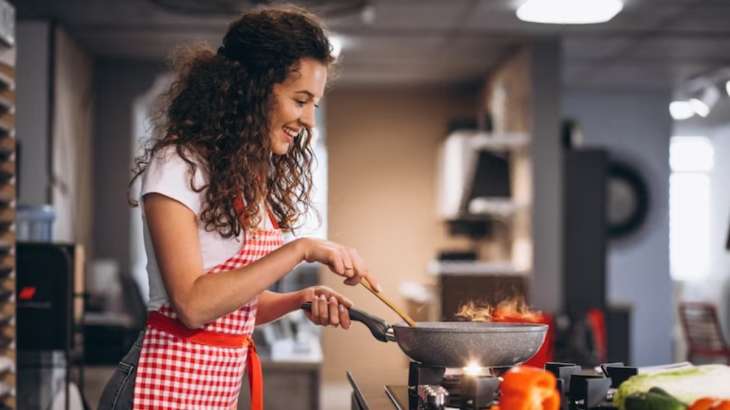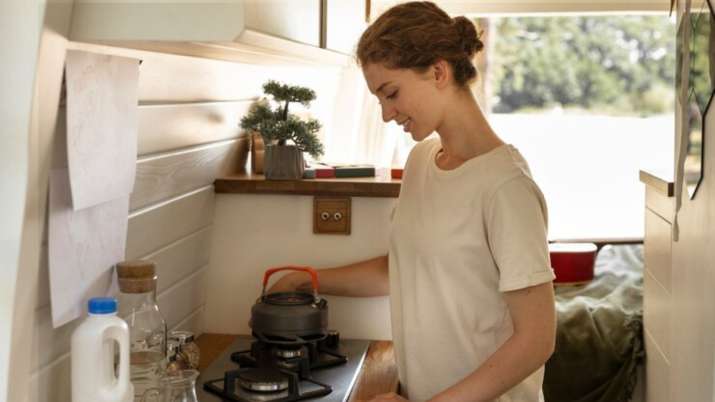
[ad_1]

When it comes to the meals we eat, the cooking course of itself is definitely one among the largest contributors to a meal’s carbon footprint. In an energy-rich nation, most of us have by no means actually had to contemplate optimizing our power use. While turning the lights off and never leaving the oven on will definitely make an enormous distinction, there are many different cooking habits we are able to introduce.
We all know that a few of the greatest ways to usually reduce your private carbon footprint in the kitchen are to undertake a extra plant-based weight loss plan, eat seasonally and regionally, and reduce our waste as a lot as potential. These are all nice steps in the direction of an eco-friendly way of life, however how about considering much less about what we eat and extra about how we put together our meals?
Here are 5 simple modifications we’d like to make to reduce carbon footprint in the kitchen:
1. Chop your veggies into smaller items:
This helps the veggies to prepare dinner quicker and due to this fact requires much less time on the stovetop. Henceforth, much less power could be consumed.

2. Boil the water gently:
The temperature of the water is the identical whether or not we’re cooking at a full boil or a delicate simmer, which suggests the cooking time can also be the identical. Pop the lid on and switch the warmth down, if there are bubbles, the meal will take the identical period of time to put together.

3. Always use a lid:
No matter what we’re cooking, utilizing a lid on the pot quickens cooking time and stops power wastage. Up to 20% of the power used may be wasted if we don’t use a lid.

4. Boil solely when required:
Whether it’s only for a cup of tea or to boil our in-season potatoes, fill the kettle with solely the water wanted. An simple manner to measure is to merely use your favourite mug to fill the kettle, then it’s assured to have the correct quantity.
(*5*)
5. Use the proper range prime for the pan:
Using a pan that’s far smaller than the dimension of the range can lead to one other 20% waste of warmth out of the sides. Another possibility is to use an induction range, which may work to reduce the warmth wasted from the stovetop.

These kitchen habits could seem to be they don’t make a lot distinction. But, being extra acutely aware about how we prepare dinner due to this fact has the potential to make an enormous distinction to our private carbon footprint.
[ad_2]
Source link